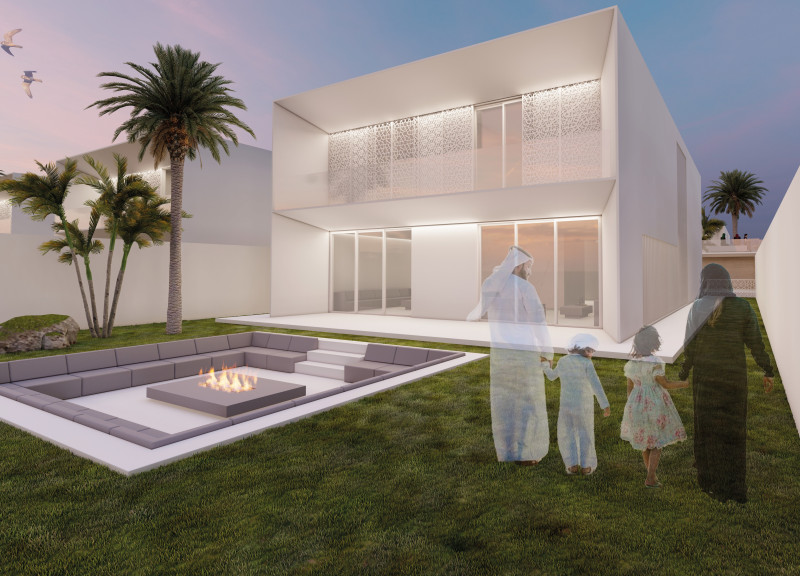5 key facts about this project
This project represents more than just a physical structure; it is a platform for community engagement, interaction, and cultural expression. It functions not only as a shelter but also as a gathering space, fostering connections among individuals and encouraging active participation in communal life. The architects have meticulously designed each space to promote ease of movement and interaction, considering user experience as a central tenet of the architectural narrative.
Key elements of the project include the deliberate use of materials, which play a significant role in defining its aesthetic and functional qualities. The combination of concrete, glass, wood, steel, and stone creates a tactile experience that enhances the overall atmosphere of the space. Concrete contributes to the building's solid foundation and durability, while expansive glass elements incorporate natural light, creating a sense of openness and transparency. Wood adds warmth and a contrasting texture that invites human interaction, while steel frames both structural integrity and a modern look. The careful placement of natural stone accentuates specific areas, grounding them within the context of their environment.
The spatial arrangement within the project is meticulously planned to optimize functionality. The architecture incorporates flexible layouts that cater to various activities, from large gatherings to intimate meetings. Flowing pathways connect public spaces with private areas, promoting a seamless transition that encourages exploration. The landscape surrounding the project has been thoughtfully integrated, with gardens and green spaces complementing the architectural forms and further emphasizing the connection between the natural and built environments.
This design features unique approaches that distinguish it from conventional architectural practices. The architects have employed sustainable design strategies, incorporating energy-efficient technologies that reduce the environmental footprint without compromising aesthetics. Features such as rainwater harvesting systems and green roofs reflect a forward-thinking mindset that prioritizes ecological stewardship and longevity.
Additionally, the project draws on local cultural influences, infusing elements that resonate with the history and identity of the area. This respect for place not only enhances the architectural expression but also deepens the connection between the building and its community. By embedding local narratives within the design, the project stands as a testament to the region's character, inviting users to engage with it on a personal level.
The integration of these diverse elements results in a project that is not only contextual and responsive but also forward-looking in its ambition. This balanced approach to design achieves a cohesive aesthetic that is both attractive and functional, making the space accessible and inviting for all.
In exploring this architectural project, readers are encouraged to delve deeper into its architectural plans, architectural sections, and architectural designs for a comprehensive understanding of the nuances that inform its character. The project encapsulates innovative architectural ideas that merit further study, inviting all interested parties to investigate the thoughtful interplay between design, function, and context that defines this remarkable endeavor.


























